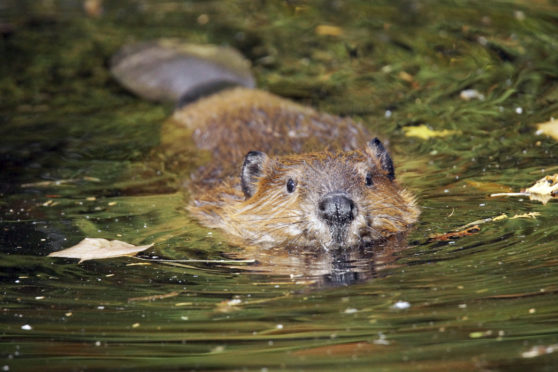The introduction of protected status for Scotland’s beavers must be accompanied by a “fit for purpose” management framework and appropriate licencing system, says NFU Scotland (NFUS).
While accepting three years ago that it was right for beavers to be protected in Scotland, the union’s eve of status change message is that “in some locations” there is a
clear need to manage the species to minimise undesirable impacts on agriculture.
Noting that since the illegal release of beavers in Tayside some years ago, numbers in the region have trebled, the union warned that beavers can have negative impacts when they locate and breed in highly productive agricultural areas.
NFUS has long argued that it is essential that protected species status is accompanied by a comprehensive management and licencing framework that allows farmers to deal with problems should they arise – or indeed prevent problems from arising in the first place.
“We welcome the statement, published by Environment Secretary Roseanna Cunningham, that the reintroduction will not be at the expense of the productivity of our rural economy,” said Angus MacFadyen, chairman of the union’s environment and land use committee.
Mr MacFadyen went on to warn, however, that the beaver population is already causing many farmers great concern because of the way the species can undermine river banks, and potentially impede farmland drainage as a result of damming.
“The agreed management framework includes both licensing for management and mitigation trials,” he said.
Asked to comment on the union’s view of the risk posed by beavers in certain areas, a Scottish Government spokesperson said: “We agree with NFUS on the need for an effective management system for beavers, and are confident that, along with effective licensing arrangements, this is exactly what we have in place.
“We will continue to develop and refine mitigation systems, learning from experience here and elsewhere in Europe and North America on how best to manage beavers.”










